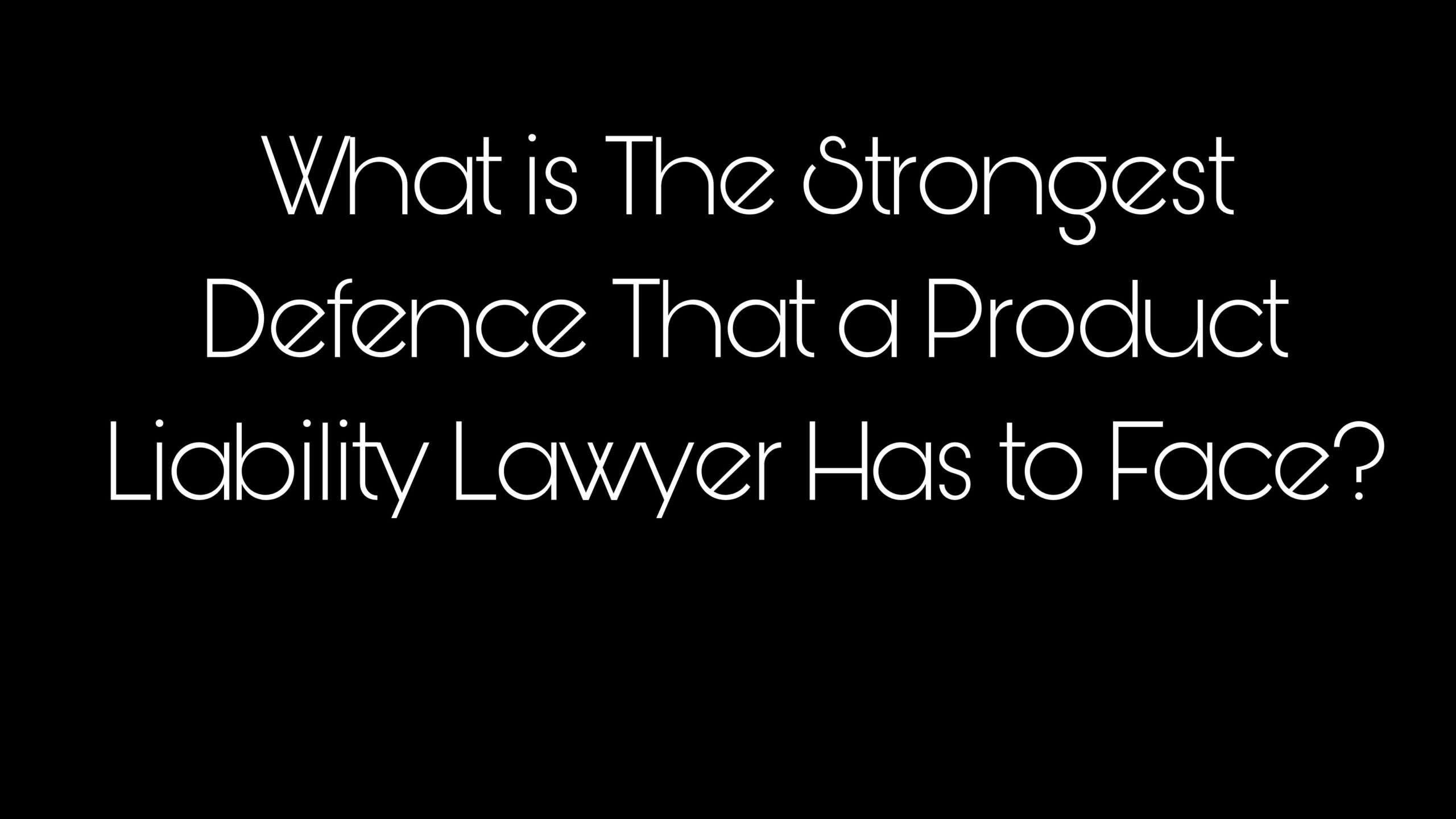What is The Strongest Defence That a Product Liability Lawyer Has to Face?
To defeat an opponent it is said that you need to know how they operate and know what they may use to defend themselves. This applies in court because if you do not know what they are going to do next, you cannot plan on how to work around it or avoid it entirely.
When facing anyone in court that doesnt want to accept responsibility for their product, it is best to leave them no room for defense. As such, we will now examine some of the most common strategies people use in defense against a product liability lawyer.
“It is outside the Statute Of Limitations”
Depending on the state where you are suing, there is a time limit within which your claim can be legally processed. This is what they call the statute of limitations and if you wait too long your claim may become invalid. Therefore you should make your claim as soon as possible.
“They have no right to sue”
Generally, those that have the legal right to sue for a product are those that are injured as a result, or their survivors. However, the defense will try hard to prove that you are neither of these and do not have any standing in this case.
“The client modified the product”
Any changes to the product after a customer receives it alters the way it functions and its overall safety. If you have changed or modified the product in any way before using it then the defense may claim that the injury is a result of the modifications that were made to their product.
“The customer misused the product”
Like with modification, if you used the product in a way that was not intended you could put yourself at risk. The goal for the opponent, therefore, is to prove that you did not use it properly.
“I have no duty of care”
Duty of care is what causes a party to be responsible for the effects of their product. However, it could be stated that the responsibility being requested of them is not within reasonable standards.
“It is an inherently dangerous product”
Some items are known to be dangerous and buyers know this when they purchase them. For example, a circular saw, no matter what you do, can still cause harm. The claim could arise that the injury is not due negligence but rather is just a dangerous product.
“It is only partially my fault”
Blame can be shared and they may be able to prove that someone else was also responsible so that they only pay part of the sum requested.
Author bio-
Barbara Parson works at Los Angeles Product Liability. She has been involved with personal injury and burn injury lawsuits for the past twelve years and wants to share her knowledge with others.
Headshot-
